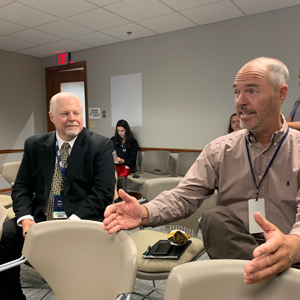The European Food Safety Authority (EFSA) is inviting stakeholders for an exchange of views on the update of the Panel on Additives and Products or Substances used in Animal Feed (FEEDAP) guidance on studies concerning the safety of use of feed additives for users/workers and on the approach developed for the implementation of the EFSA guidance on risk assessment of nanomaterials to be applied in the assessment of feed additives. EFSA is seeking comments and feedback which will be considered in the development of future activities/documents.
The meeting will be held on November 24 in EFSA’s premises and hybrid mode, will last a maximum of three hours and will enable an open discussion. For more information and to register, visit www.efsa.europa.eu.
The Panel on Additives and Products or Substances used in Animal Feed (FEEDAP Panel) has adopted a series of guidance documents that aim at helping the applicants in the preparation and submission of technical dossiers for the authorization and renewal of the authorization of additives for use in animal nutrition according to Regulation (EC) No 1831/2003. These documents are subject to regular updates. The FEEDAP Panel has recently started to work on the update of the Guidance on studies concerning the safety of use of the additive for users/workers.
In 2021, EFSA updated the Guidance on risk assessment of nanomaterials to be applied in the food and feed chain: human and animal health. This guidance provides specific considerations for the assessment of engineered nanomaterials, nanostructured materials, nanocarriers, and conventional materials containing a fraction of nanoparticles requiring assessment at the nanoscale. Following a mandate from the European Commission, a second document was also issued: the Guidance on technical requirements for regulated food and feed product applications to establish the presence of small particles including nanoparticles for conventional materials (i.e., those that are not nanoengineered). This guidance covers different appraisal routes that applicants and other interested parties may use for demonstrating that their material does not contain a fraction of nanoparticles or that the fraction is covered by existing safety studies.










